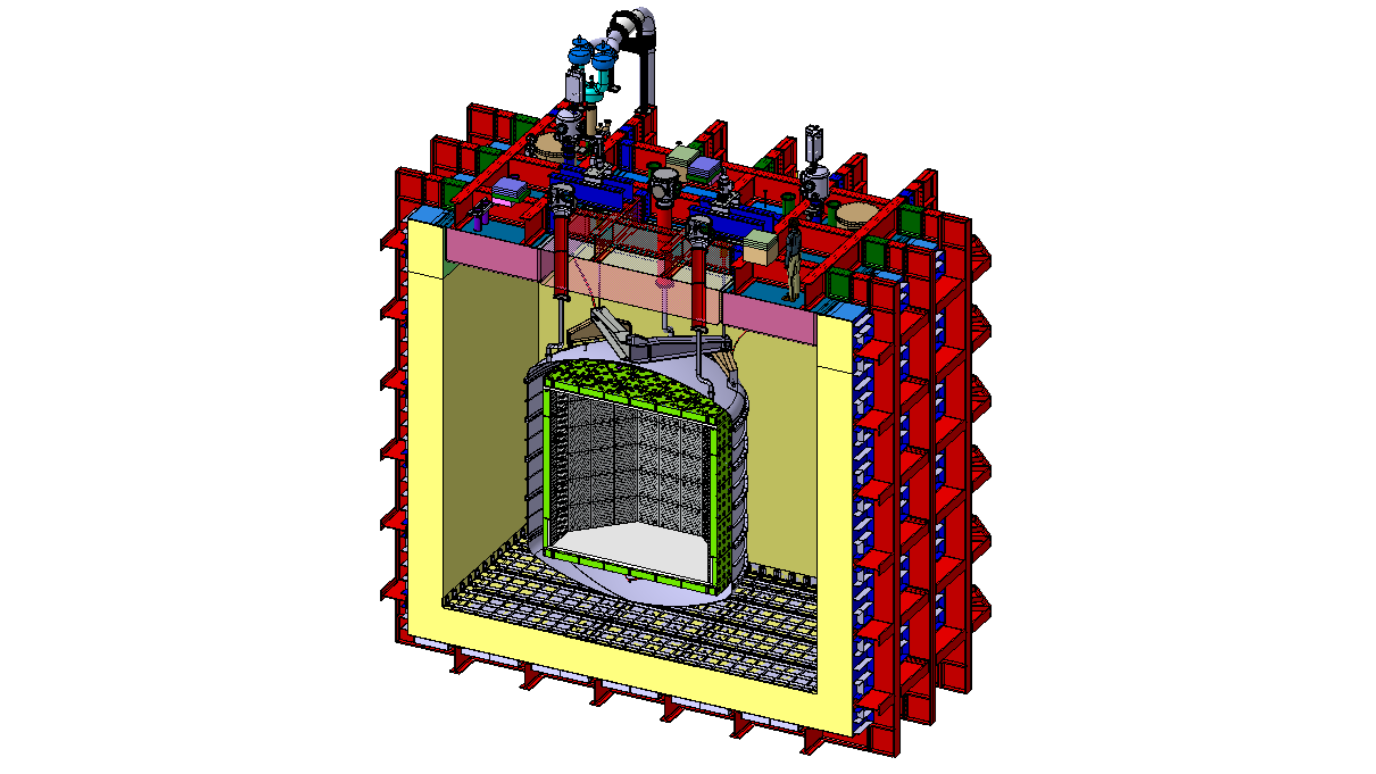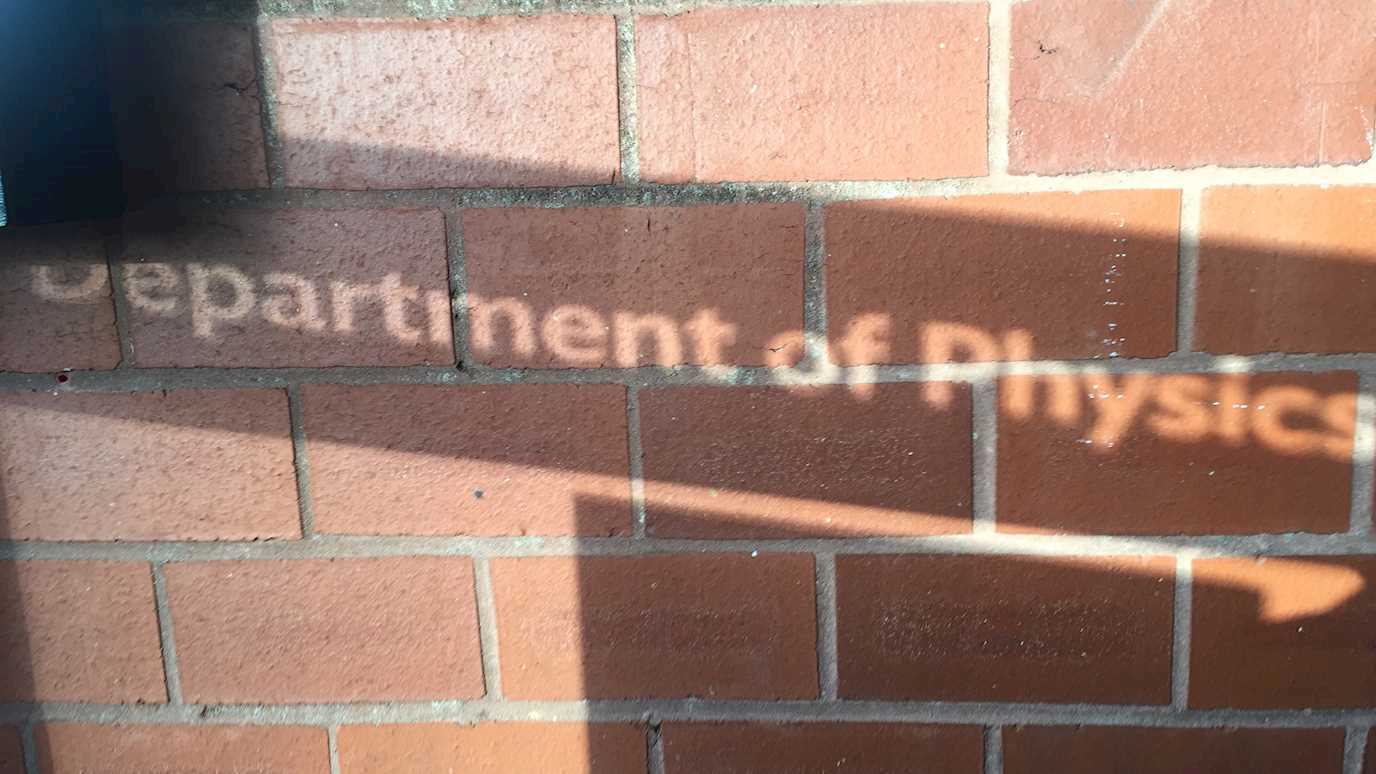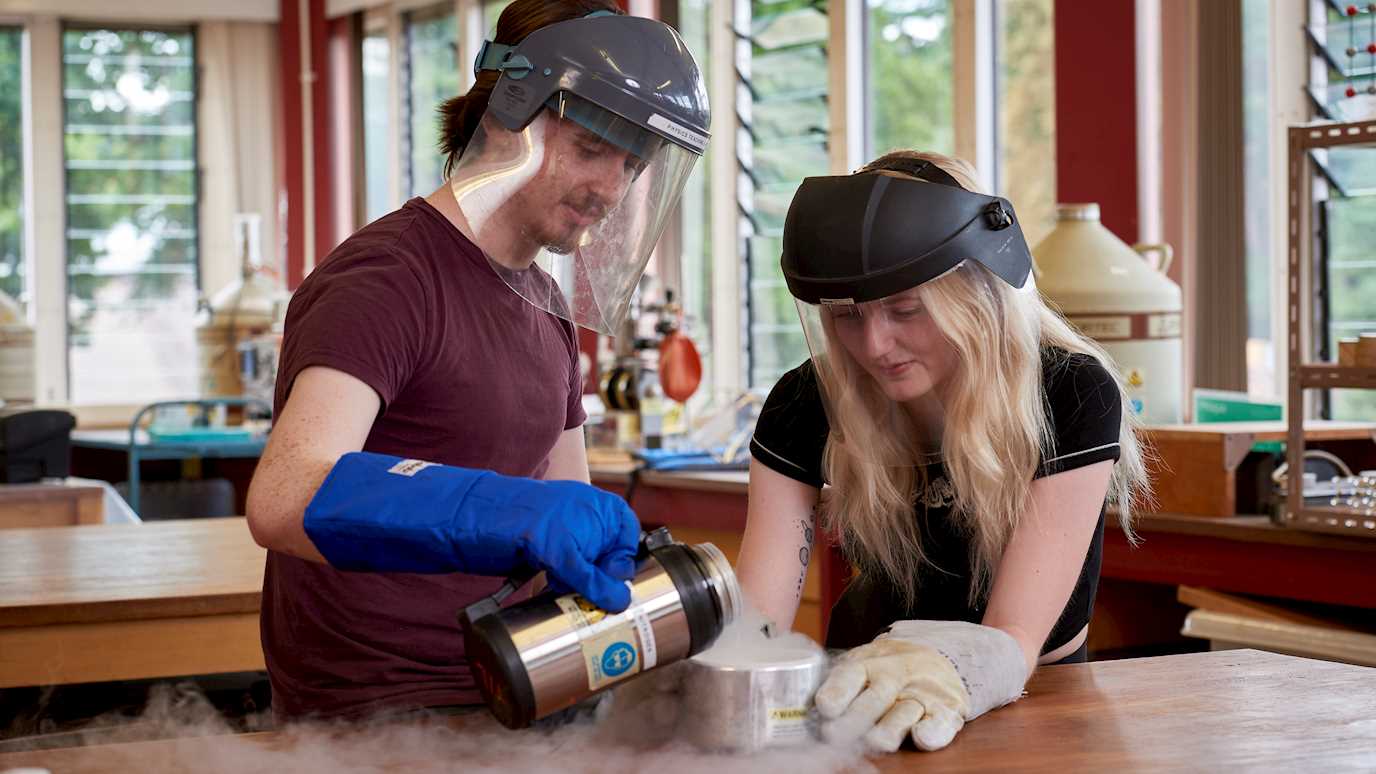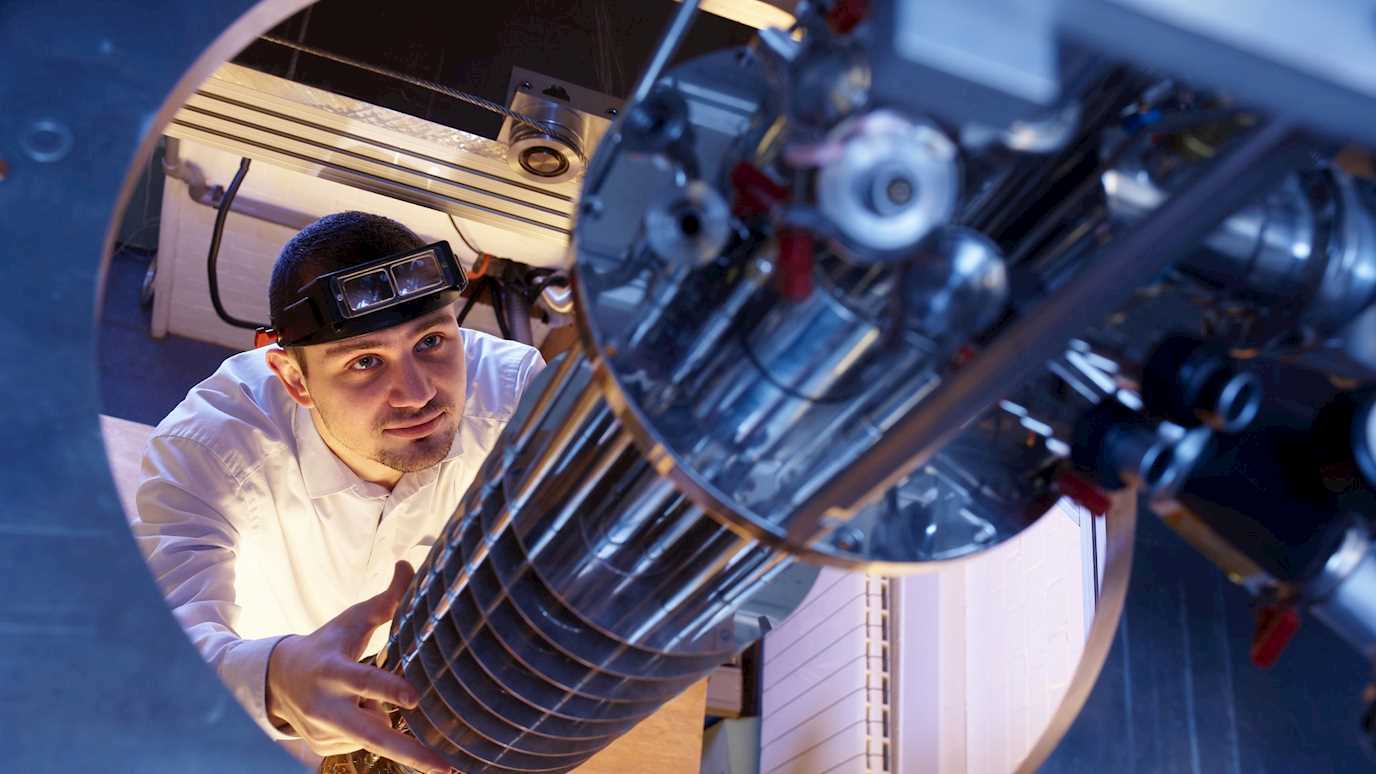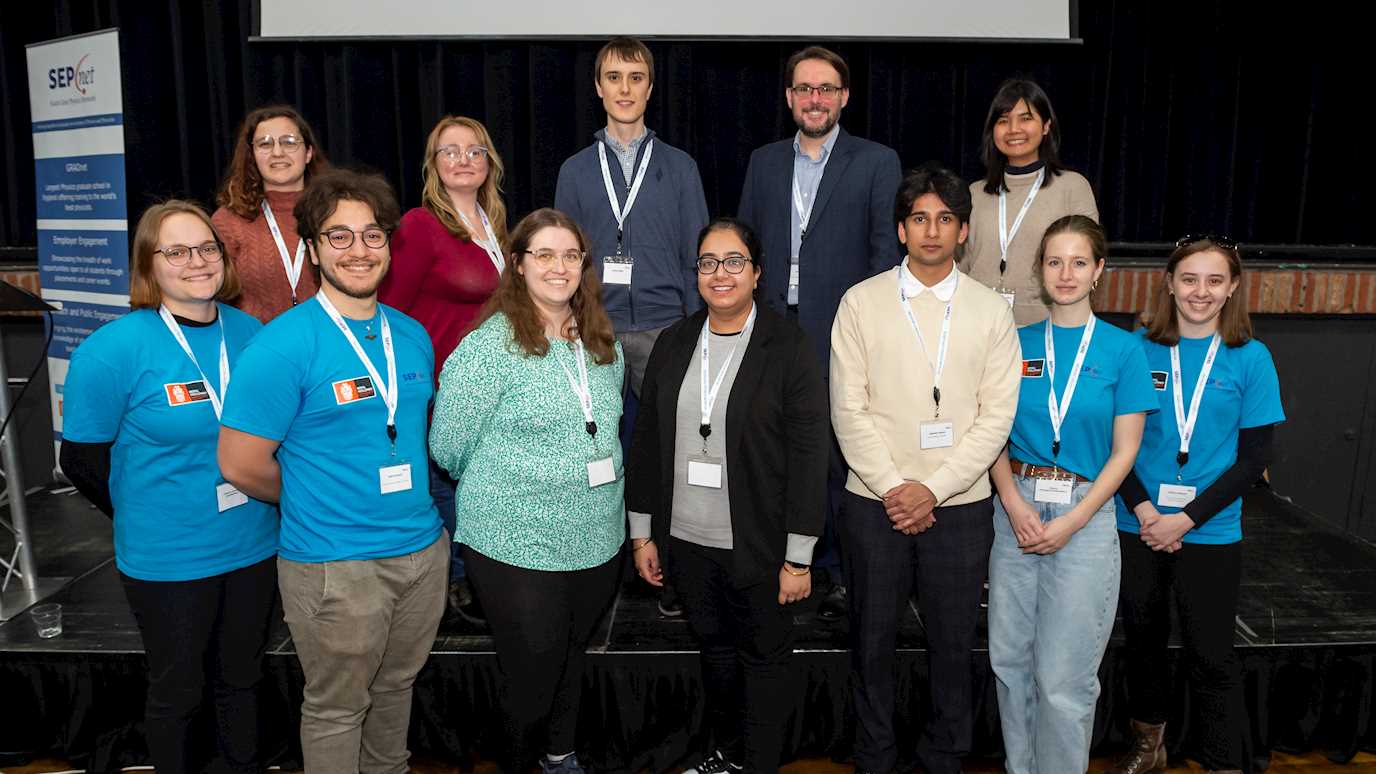Dr Daria Santone (University of Oxford)
The fundamental nature of our universe is still mostly unknown: 84% of the matter in the universe is dark and qualitatively different to everything we understand via the Standard Model. Several experiments devoted to detecting interactions of dark matter particles have not yet seen a convincing signal, but we may be on the cusp of discovery. Darkside-20k is a global direct dark matter search experiment situated underground at LNGS (Italy), designed to reach a total exposure of 200 tonne-years free from instrumental backgrounds. The core of the detector is a dual-phase Time Projection Chamber (TPC) filled with 50 tonnes of low-radioactivity liquid argon. The entire TPC wall is surrounded by a gadolinium-loaded polymethylmethacrylate (Gd-PMMA), which acts as a neutron veto, immersed in a second low-radioactivity liquid argon bath enclosed in a stainless steel vessel. The entire detector is enclosed in a protoDUNE-like cryostat filled with 600 tons of atmospheric argon. TPC and neutron veto are equipped with large-area Silicon Photomultiplier (SiPM) array detectors. SiPMs are arranged in a compact design meant to minimize the material used for Printed Circuit Board (PCB), cables and connectors: PDU (photo detection unit).
The Darkside-20k construction has started and the data taking will start in 2026. The talk will describe the current status of Darkside-20k development and construction. The talk will also give an overview of the recently published results on dark matter limits posed by the predecessor DarkSide-50 experiment, in particular on dark matter-nucleon interactions via Migdal effect, electron final states and the revised low-mass dark matter WIMPs search with the full dataset.
